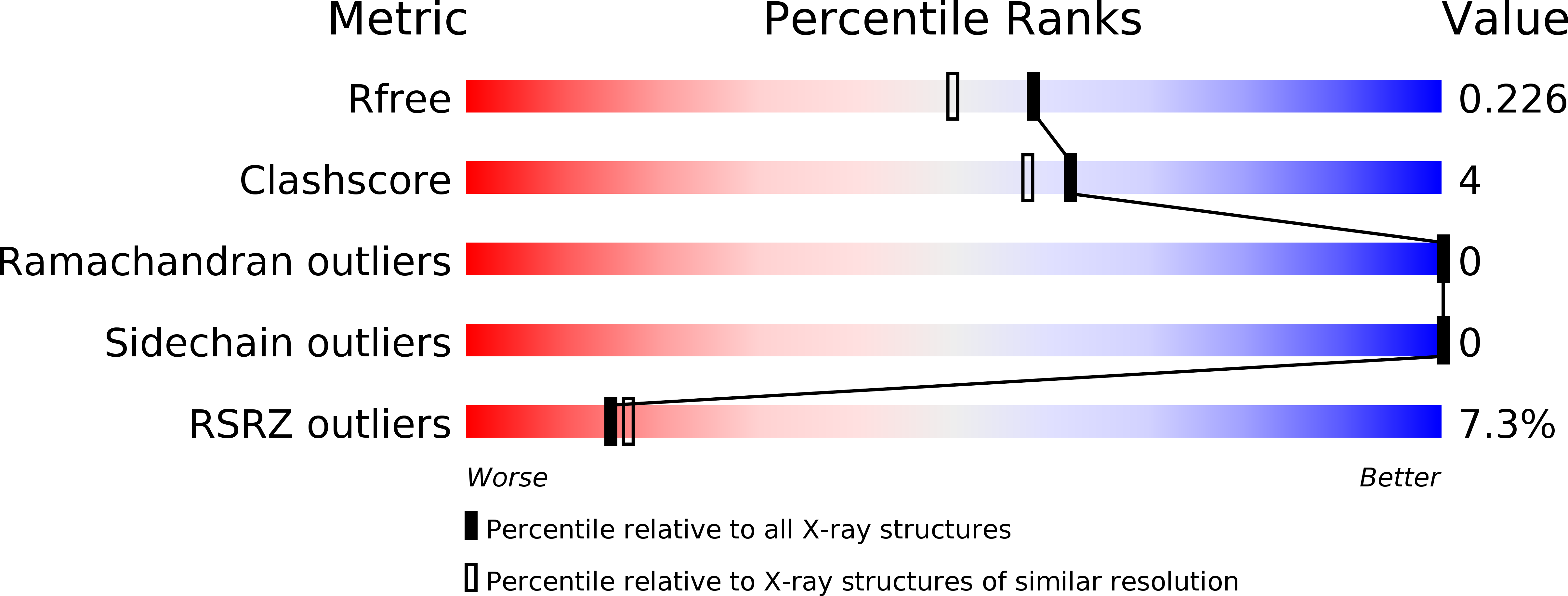
Deposition Date
2019-09-23
Release Date
2020-01-29
Last Version Date
2023-10-11
Entry Detail
PDB ID:
6UEX
Keywords:
Title:
Crystal structure of S. aureus LcpA in complex with octaprenyl-pyrophosphate-GlcNAc
Biological Source:
Source Organism:
Staphylococcus aureus (strain N315) (Taxon ID: 158879)
Host Organism:
Method Details:
Experimental Method:
Resolution:
1.90 Å
R-Value Free:
0.22
R-Value Work:
0.19
R-Value Observed:
0.19
Space Group:
C 2 2 21


